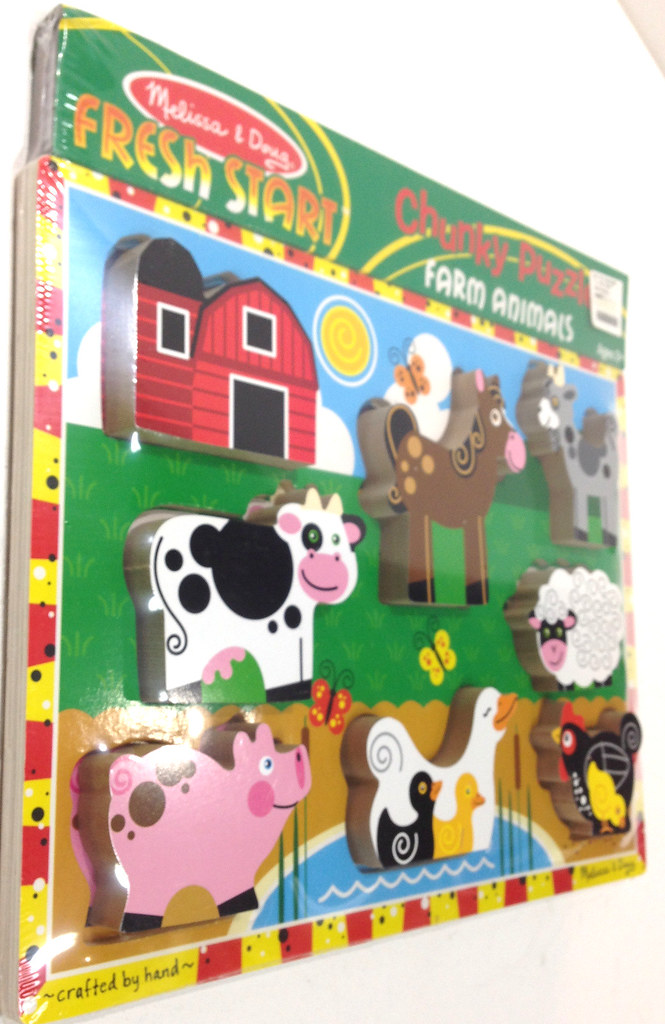

Although every effort has been made to ensure accuracy, the Review Committee shall not be held responsible for loss or damage caused by errors, omissions, misprints or misinterpretation of the contents hereof.
FARM ANIMAL AGE PROFESSIONAL
No subscriber or reader should act on the basis of any such information without referring to applicable laws and regulations and/or without seeking appropriate professional advice.


Information contained in this publication is subject to periodic review in light of changing transportation practices, government requirements and regulations. The CARC Home Page is for further information. Requests for copies of the Codes can be addressed to the Canadian Food Inspection Agency and/or specific provincial organizations.
FARM ANIMAL AGE CODE
Codes developed to date:įurther information on the process of Code development and revision can be obtained from the Canadian Agri-Food Research Council (CARC), Heritage House, Building 60, Central Experimental Farm, Ottawa, Ontario K1A 0C6.

In 1996, CARC with the support of the provincial governments began producing four page factsheets in both English and French for such uses as teaching agriculture in the classroom, agricultural fairs and exhibitions. CARC officially agreed to take on this responsibility in February 1995 upon confirmation of funding from Agriculture and Agri-Food Canada. In 1993, Agriculture and Agri-Food Canada asked the Canadian Agri-Food Research Council (CARC) and its Canada Committee on Animals and Expert Committee on Farm Animal Welfare and Behaviour to take the lead in cooperation with the Canadian Federation of Humane Societies in updating existing Codes and developing new Codes. All Codes of Practice are presently developed by a review committee with representatives from farm groups, animal welfare groups, veterinarians, animal scientists, federal and provincial governments, related agricultural sectors and interested individuals. The federal Minister of Agriculture and Agri-Food Canada (AAFC) provided financial support for the undertaking at that time. In 1980, the Canadian Federation of Humane Societies began coordinating the process of development of draft Codes of Practice for all livestock species with the introduction of a Recommended Code of Practice for Handling of Poultry from Hatchery to Slaughterhouse. The Codes contain recommendations to assist farmers and others in the agriculture and food sector to compare and improve their own management practices. The Codes are voluntary and are intended as an educational tool in the promotion of sound management and welfare practices. The Codes contain recommendations for housing and management practices for farm animals as well as transportation and processing. The Codes of Practice are nationally developed guidelines for the care and handling of the different species of farm animals. The development of this Code was made possible only through teamwork and cooperation at the national level. The Canadian Agri-Food Research Council gratefully acknowledges the many individuals and organizations who contributed their valuable time, views and expertise to the development of this Code of Practice. Table 4 - Recommended Maximum Transport Times and Minimum Feed, Water and Rest Times which are within the standards of the Health of Animals Regulations Table 3 - Signs of Animal Discomfort During Transport Table 2 - Maximum Ramp Slope Recommendations Table 1 - Maximum Single Step Height Recommendations SECTION 8 SPECIES SPECIFIC AND CLASS SPECIFIC CONSIDERATIONSĨ.4 Farm Deer (elk, white tail, mule deer, fallow deer and others)Īppendix 4 - Guidelines for Humane Killing of Animals by Firearms SECTION 7 POST TRANSPORT ANTEMORTEM (PRESLAUGHTER) CARE SECTION 5 CARE AND PROTECTION DURING TRANSPORT SECTION 3 VEHICLES, CONTAINERS AND EQUIPMENT


 0 kommentar(er)
0 kommentar(er)
